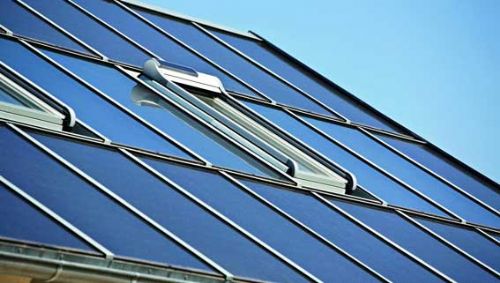
It now seems likely that the lower Feed-in Tariff (FIT) rates for Solar PV that were proposed to take effect from the 12 December 2011 will not come into force until 3 March 2012.
As installation costs have fallen dramatically since the proposed lower rates were announced, this means there is a potential window of opportunity from now until 3 March to install a system that will receive the higher rates and provide returns of circa 15-18%.
The government had wanted to cut FIT rates earlier than expected, but its move was declared illegal by the courts following action by Friends of the Earth and a group of solar installers. The government is still appealing the decision. If this appeal is successful then the lower tariffs will reapply for any installations commissioned from 12th December 2011 - so there is a risk involved - but it is widely believed that the appeal will fail.
Benjamin Davies, of Knight Frank’s Renewable Energy Department, advises: ’For those wanting to take advantage of this opportunity there are barriers to be considered first. These centre around the lead times listed below for the necessary steps required for an installation’.
’ DNO agreement lead time of 3 -6 weeks. The Distribution Network Operator (DNO) agreement is required to ensure that the local national grid infrastructure can cope with a proposed installation. If connecting to a single-phase meter a DNO is needed for any installation exceeding 4kWp, if connecting to a three-phase then the DNO is needed for any installation exceeding 12kWp.
’ Planning lead time of 8 weeks. Planning is not required on domestic installations providing the installation is under a certain size, not a listed building, conservation area or World Heritage Site. Planning requirement however should always be confirmed with a local planning officer prior to installation.
’ Installation lead time of circa 2 weeks depending on size of installation and installers capacity to carry out work.
’By process of elimination, therefore, the window may only be realistically exploited if you are considering a domestic installation of up to 4kWp on a single-phase meter or up to 12kWp if connecting to a three-phase meter. The installation must also not be planned on a property that is listed, situated in a conservation area or World Heritage Site.
However, even for installations that do not match satisfy the criteria; it is still very much worth exploring the opportunities provided by solar PV, as the government has provided clarity on the FIT rate going forward. Even after the proposed cuts, returns will be between 8-11%, based on current installation costs.’
